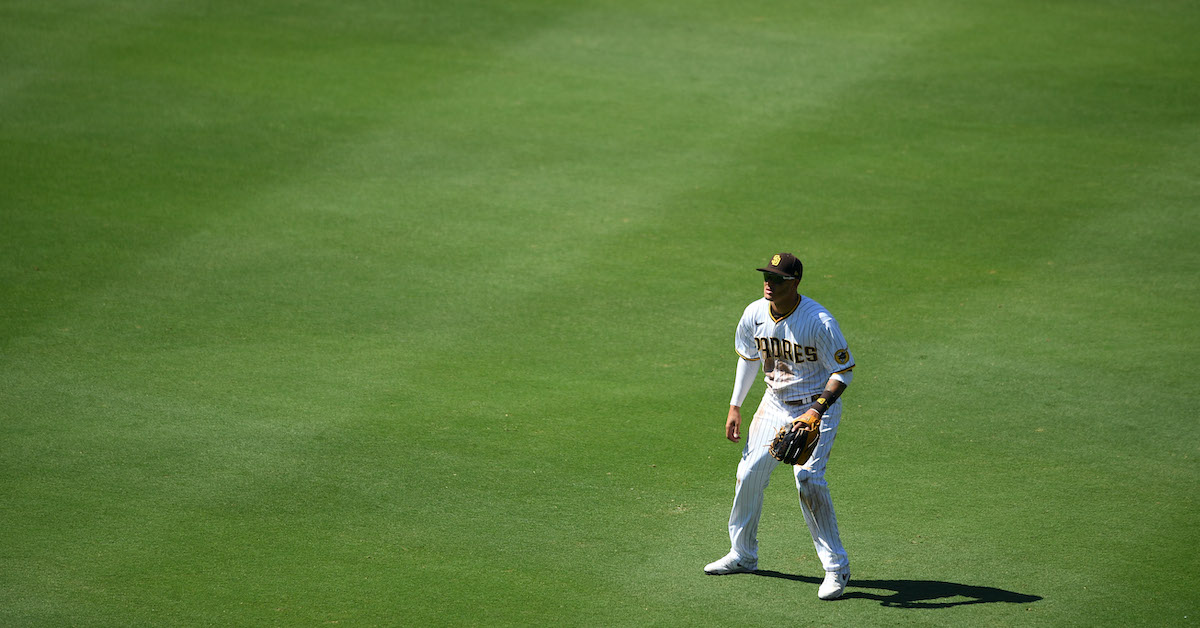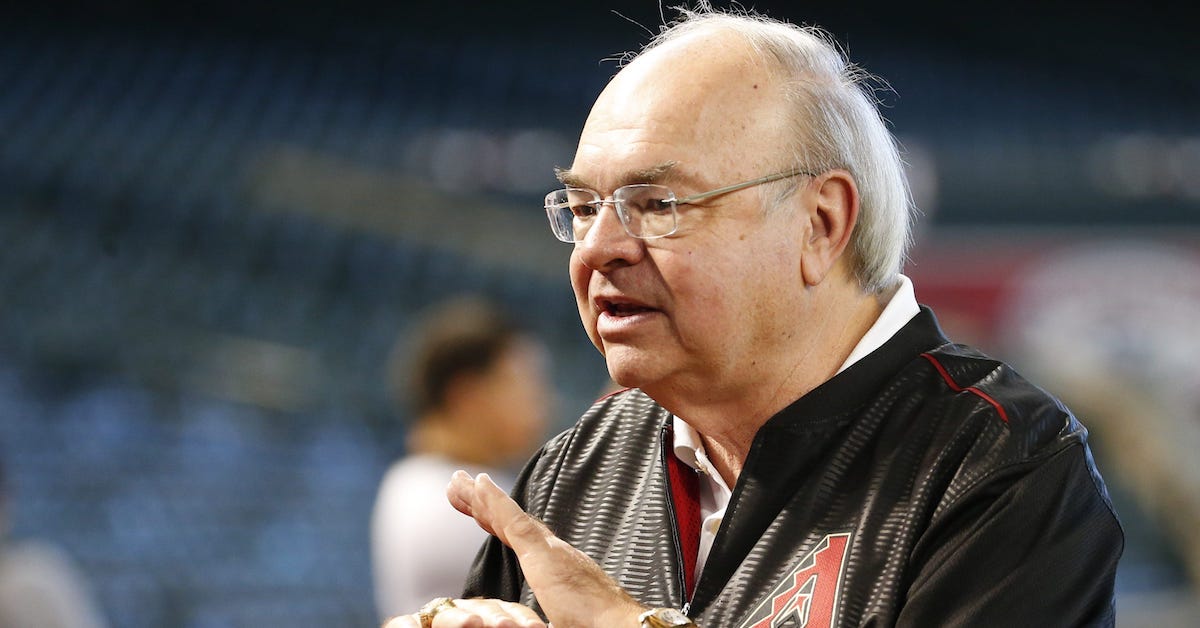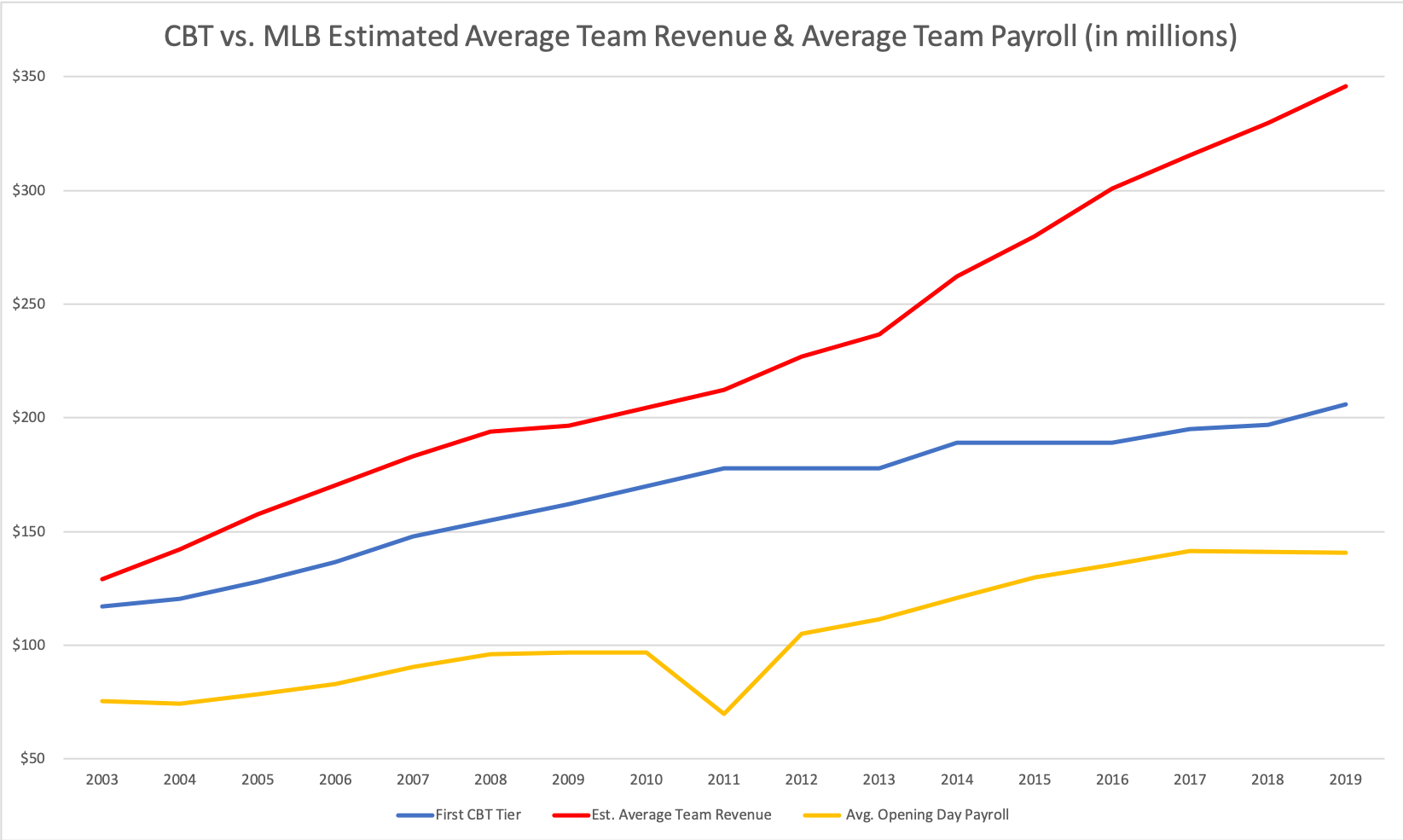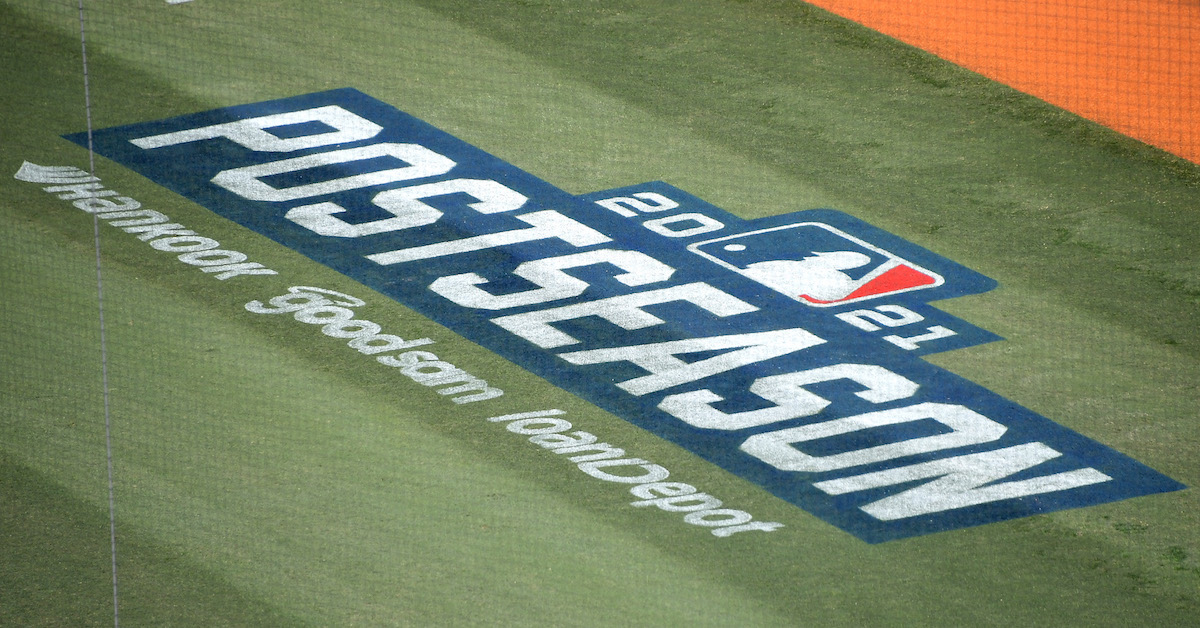Eliminating the Qualifying Offer Isn’t Worth Much

The baseball season is back! Rejoice! No time for bad feelings – it’s a celebration, and we’re all invited. I don’t really think the rest of this article is something you have to read right now, but I’ll level with you: I had already done the research for it, and it’s worth writing about, so before we descend into a non-stop festival of free agent signings and trades, you’re getting an article about a decision that the MLBPA won’t have to reckon with for a few months yet.
Before we got a merciful end to the CBA back-and-forth, a deal was proposed by MLB that would institute an international draft in exchange for eliminating the qualifying offer system. One detail of the reporting on this issue bugged me: at least one “industry source” gave an estimate for the value of the QO system that I found hard to believe:
1. It is difficult to know what dollar values the sides attach to the international draft or eliminating qualifying offer. Industry sources estimate QO to be worth $50m-$100m annually. Just because one side links two issues does not mean they are identically valued.
— Evan Drellich (@EvanDrellich) March 9, 2022
I don’t doubt Drellich’s reporting, but that number sounded wildly high to me. A single-digit group of players receive the qualifying offer each year; they’d have to be losing $10 million per player to make the math make sense. The draft picks that teams surrender to sign those players aren’t worth that much. The highest possible estimate for the cost of those picks comes in around $8 million per player, and that’s for teams with a luxury tax bill (or CBT, if you’re into acronyms).
To settle this question, I decided to look at all of the free agents who have received qualifying offers since the first year of the current QO system, the 2017-18 offseason. I’ve previously estimated what teams pay per WARin free agency, which gave me a useful database to start the investigation. Read the rest of this entry »










